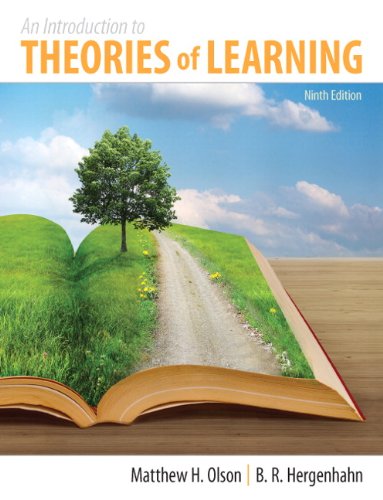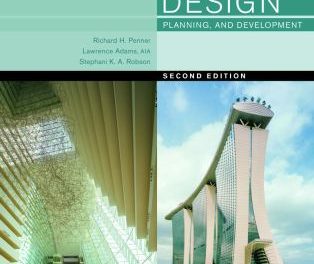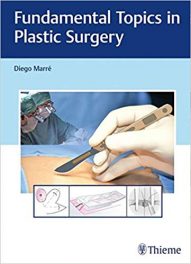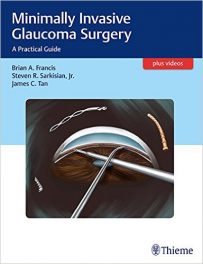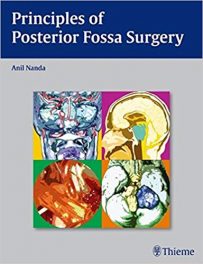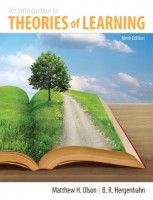 Authors: Matthew H. Olson and B.R. Hergenhahn
Authors: Matthew H. Olson and B.R. Hergenhahn
Publisher: Pearson – www.pearsonhighered.com – 463 pages
Book Review by: Sonu Chandiram
You will probably remember names like B.F. Skinner, Gestalt, and Pavlov from your college Psych 101 courses. This book goes over their theories on learning, and presents others – mainly about a dozen of them together – in the same company.
What will you find in the ninth edition of this widely-used book on the various theories of learning? You will find much, but we give you here an overview by naming its seven Parts with 16 chapters:
Introduction to Learning
- What is Learning?
- Approaches to the Study of Learning
- Early Notions About Learning
Predominantly Functionalistic Theories
- Edward Lee Thorndike
- Burrhus Frederic Skinner
- Clark Leonard Hill
Predominantly Associationistic Theories
- Ivan Petrovich Pavlov
- Edwin Rau Guthrie
- William Kay Estes
Predominantly Cognitive Theories
- Gestalt Theory
- Jean Piaget
- Edward Chace Tolman
- Albert Bandura
A Predominantly Neurophysiological Theory
- Donald Olding Hebb
An Evolutionary Theory
- Robert C. Bolles and Evolutionary Psychology
A Final Word
In addition, one learns more about what is contained in a book by reading the purposes for which it was written. Many, but not all, authors and editors list and discuss their reasons for writing their book. In this instance, Olson and Hergenhahn do at least enumerate for you their goals in writing this volume, as they did in previous editions. And they are:
- To define learning (chapter 1)
- To show how the learning process is studied (chapters 2)
- To place learning theory in historical perspective (chapter 3)
- To present essential features of the major theories of learning with implications for educational practices (chapters 4 through 16)
Learning about learning theories is made easier in this book by the authors’ systematic presentation of materials in the chapters. It starts with presenting a gray box that lists the main topics to be learned in that chapter, along with subtopics.
For example in chapter 1 entitled What is Learning? three main questions are posed for you to get answers to:
- Must learning result in behavioral change?
- Are there different kinds of learning?
- Why study learning?
This approach to presentation of material attracts the reader’s attention and impels him to read on to get the answers to the questions brought forth.
Also, to break up the large amount of text used in this medium-sized hardcover book, photos are presented of notable people in the field of learning. For example in chapter 1 we see a photo of Gregory A. Kimble, who asserted in 1961 that learning results from reinforced practice.
Other theorists disagreed with his contention that only reinforced behavior will be learned. They disagreed not only on what constitutes reinforcement but also whether it is even necessary for learning to take place.
The authors revised Kimble’s (1961) definition of learning to make it neutral on the issue of reinforcement, and to make it more widely accepted: Learning is a relatively permanent change in behavior or in behavioral potentiality that results from experience and cannot be attributed to temporary body states such as those induced by illness, fatigue or drugs.
This definition leaves intact the importance of experience in learning but leaves to the theorist to specify what kinds of experience the theorist feels is necessary for learning to take place. The kinds of experience might include: reinforced practice, contiguity between a stimulus and a response, or the acquisition of experience, the authors point out.
How to get more from this book:
For over 10 years, instructors and students have reported achieving better results and better grades when a Pearson MyLab has been integrated into the course.
MySearchLab, found on www.MySeachLab.com provides engaging experiences that personalize learning, and comes from a trusted partner with educational expertise and a deep commitment to helping students and instructors achieve their goals. Some features:
eText: Just like the printed text, you can highlight and add notes to the eText online or download it to your iPad.
Assessment: Chapter quizzes and flashcards offer immediate feedback and report directly to your grade book.
Writing & Research: A wide range of writing, grammar and research tools and access to a wide variety of academic journals, census data, Associated Press newsfeeds, and discipline-specific readings help you hone your writing and research skills. To order this text with MySearchLab, use ISBN 0-20592382-8.
Two other supplements are available to enhance learning. One of them is the Instructor’s Manual with tests ()-205-92052-7) which is a good tool for classroom preparation and management. Another is the PowerPoint Presentation (0-205-92508-1) in which each chapter pairs key points with images from the textbook to reinforce student learning.
This is an insightful book that surveys, defines, and differentiates the major theories of learning. Two of its value-added features are its long (18-page) Glossary of terms relating to the study of learning and its generous (20-page) list of References provided for your further study.
Matthew H. Olson is affiliated with Hamline University, an American private liberal arts college in Saint Paul, Minnesota founded in 1854 and named after Bishop Leonidas Lent Hamline of the United Methodist Church. Hamline is the oldest institution of higher learning in Minnesota.
B.R. Hergenhahn is Professor Emeritus at Hamline University.

